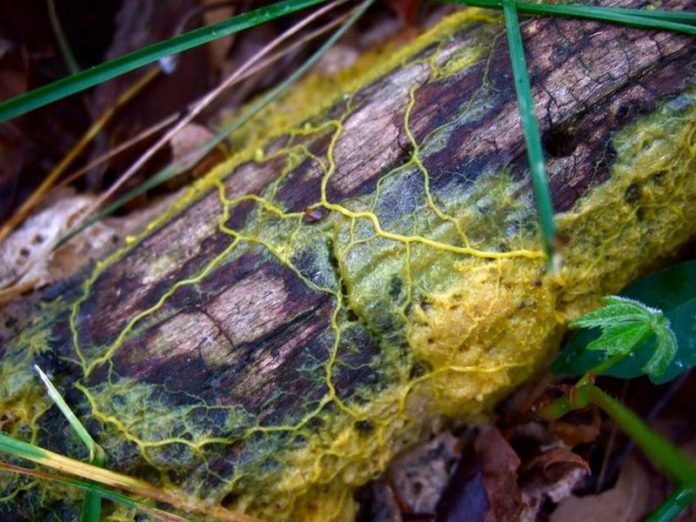Nasa is sending slime that can learn, adapt, and move to the International Space Station via a mission next month in collaboration with the European Space Agency.
The naturally occurring slime mold Physarum polycephalum is capable of basic forms of learning and changing itself to its environment.
This specie of mould – which is biologically distinct from unicellular fungus, with a different kind of cell wall – is generally found on decaying leaves and tree trunks in moist areas. The mould can move by extending pseudopods, a temporary ‘arm’ that can pull the cells in certain directions.
“Although it is just one cell and lacks a brain, Blob [the name of the investigation] can move, feed, organise itself, and even transmit knowledge to other slime moulds,” Nasa says.
ESA astronaut Thomas Pesquet will examine how the mould’s behaviour is affected by microgravity, with students on Earth replicating the experiments and comparing the results with time lapses sent from the ISS.
As this is an educational investigation, there is, unfortunately, no direct space application for the findings, which will be conducted after the 10 August commercial resupply services mission by Northrop Grumman’s Cygnus spacecraft.
Slime mould is not the only strange organism that Nasa has sent to the International Space Station recently.
Dozens of baby squid were sent on a SpaceX supply mission in June so scientists could investigate the interactions between animals and microbes.
When astronauts are in low gravity the body’s relationship to its microbes changes, and as this same change is seen in squids.
Nasa can study any underlying health problems in the animals to help better understand how to protect humans.
In the same month, hundreds of British worms were also sent to the ISS due to their genetic similarities to humans.
Many of the 20,000 genes found in the ‘C. elegans’ worms perform similar functions to those in humans, and the way that their muscles are affected by zero gravity could help scientists understand at the molecular level the issues long-haul spaceflights could have on spacefarers.

